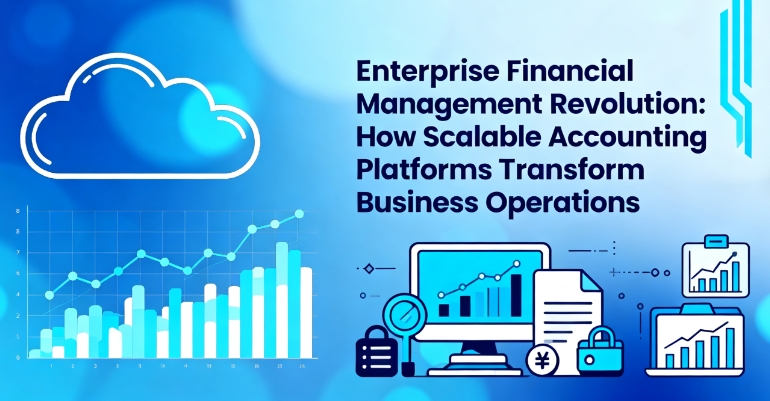Streamlining Employee Integration with Advanced Onboarding Solutions
Discover how advanced onboarding software transforms employee integration by streamlining processes, improving communication, and boosting retention. Learn key features to select the ideal onboarding platform for your business to ensure a seamless and efficient onboarding experience.

Streamlining Employee Integration with Advanced Onboarding Solutions
Introducing new team members involves a comprehensive integration process. Often called employee onboarding, this procedure encompasses sharing essential tools, resources, directories, and vital information that enable new hires to thrive. Typically, onboarding includes orientation sessions, training, and meetings with supervisors. To save time and reduce HR workload, many organizations now utilize automated onboarding platforms.
Advantages of Automated Onboarding Software
Platforms like ServiceNow HR Onboarding facilitate efficient data collection, verification, and storage, significantly saving time. These tools also offer numerous benefits:
Create a welcoming environment for new hires by preparing everything in advance—invites, team meetings, workspace setup, or paperwork appointments—showing the company's commitment to employee success.
Enhance employee retention by delivering a positive onboarding experience that fosters loyalty and strengthens the company brand.
Save Resources and Time: Automate onboarding workflows, provide onboarding portals with necessary documents, automate background checks, and gather feedback through surveys—reducing manual tasks and minimizing errors.
Promote Better Communication: Well-structured onboarding enhances engagement, strengthening connections within the team and encouraging open communication.
Key Features of Effective Onboarding Software
Choosing the right onboarding tools depends on company size, hiring needs, and budget, but some essential features include:
Recruitment Management: Integrate hiring and onboarding processes with applicant tracking and candidate relationship management to streamline recruitment.
Mobile Compatibility: Support remote onboarding by enabling access via smartphones and tablets for flexible, efficient onboarding.
System Compatibility: Ensure onboarding software seamlessly integrates with existing HR systems to maintain a smooth employee management ecosystem.
Customization: Opt for flexible systems that can be tailored to your unique business workflows, avoiding overpaying for unnecessary features.
Data Security: Prioritize software with strong security protocols to protect sensitive employee data, complying with relevant regulations.
User-Friendly Design: Choose intuitive interfaces that make onboarding accessible for all team members, regardless of technical skill levels.
Implementation Support: Work with providers offering setup assistance, initial training, and ongoing support to facilitate smooth deployment.
This approach ensures a seamless onboarding experience that saves time, enhances employee satisfaction, and improves organizational productivity.
Disclaimer:
Our blog offers insights across diverse topics, providing valuable information based on thorough research. However, articles should not be considered definitive, and readers should verify details independently. The site is not responsible for discrepancies or missing offers that may benefit readers.









